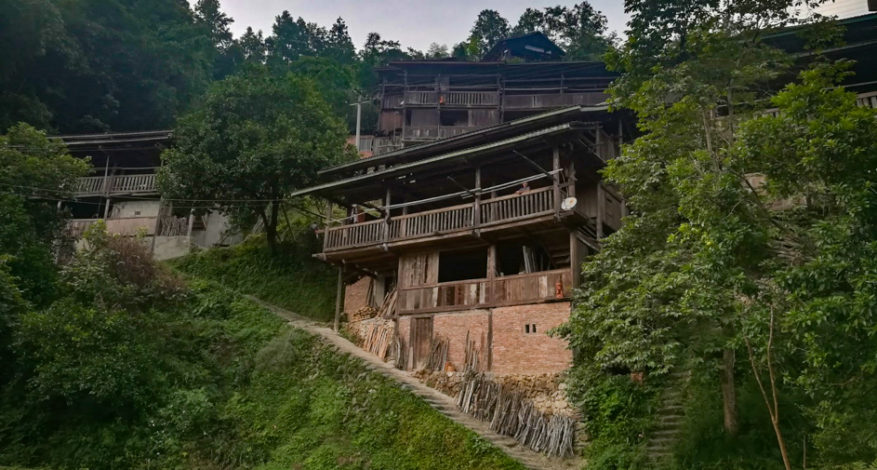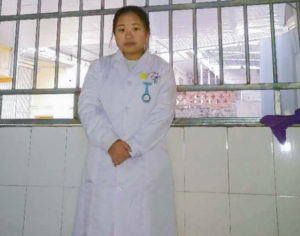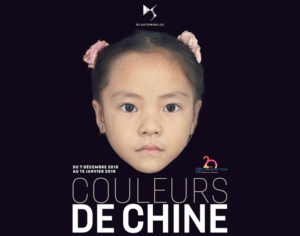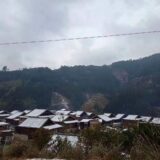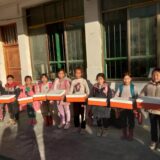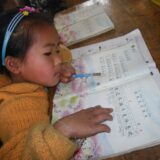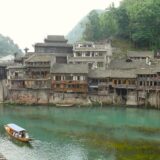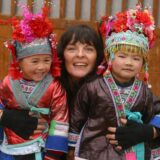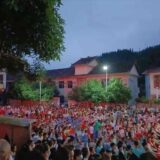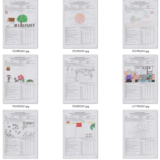Traditional Housing – Part III: The Interior of a House
As every month, here is our cultural minute where we make you discover and enjoy the lives of the Miao, Yao and Dong minorities. This month, we will introduce you to one last aspect of their traditional habitat.
Traditionally, the house will consist of three or four levels:
The ground floor, used as entrance and as cattle shed, is closed with braided wood allowing light to pass through. Inside, in addition to the animals, are the tools necessary for daily life (gardening, mortar, barrels used for dyeing…) but also the toilets and bathroom, usually very rustic. A wooden staircase leads to the upper floor.
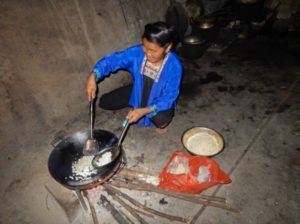 The first floor, installed on the first overhang of the dug mountain, is the family living area. There is the kitchen (a room that’s also used as a living room) with its fireplace dug on the ground, and also the bedrooms. All rooms are served by doors from a wooden terrace, overhanging, on which ends the staircase, and which also serves as living room and dining room.
The first floor, installed on the first overhang of the dug mountain, is the family living area. There is the kitchen (a room that’s also used as a living room) with its fireplace dug on the ground, and also the bedrooms. All rooms are served by doors from a wooden terrace, overhanging, on which ends the staircase, and which also serves as living room and dining room.
The terrace occupies the entire length of the house. Often free of furniture, it is used to accommodate removable tables for meals and stools and serves as a playroom for children. This terrace is more and more often closed by windows, which keeps the heat in during the winter.
The railing bordering the terrace is very often pierced with one or more holes allowing the dog to see what is happening outside.
On the front, several poles are installed as a spreader, a sticky rice dryer and a corn dryer. These are also used to hang the bird cage.
On a wall on the terrace, family photographs and all the diplomas obtained by the children are displayed. The portrait of the presidents is also displayed, with one of Mao Zedong. There is almost never any small altar dedicated to the ancestors, as the minorities in this region are mostly animist.
A staircase or a ladder leads to the upper floor. The second floor is the open attic, used to store equipment and tools, it is also used to store rice and other food, but also as a laundry room when the season is wet.
The decoration of the houses is limited to the strict minimum, the aesthetics having little importance in the region. Wealth can only be seen in the size of the house and its facilities. In everyday life, the essential thing is in the functional and not in the decoration. The only decorative element found is a discreet sculpture of the descending posts, sometimes painted.
Traditional wooden housing is very fragile, it lasts for a short time because it suffers from bad weather… because it is uncomfortable, and very sensitive to fires, the main scourge in villages. This is the main reason why new houses are often built in hard (concrete and bricks). It is also noted that some villages (assisted by the state) build wooden houses with higher safety standards or build houses where wood and brick mix very well, giving these houses an aesthetic appearance.
With the development of the region’s roads and the desire to attract tourists, we can hope that the construction of wooden houses will continue…
Cet article est aussi disponible en : FR (法语)
